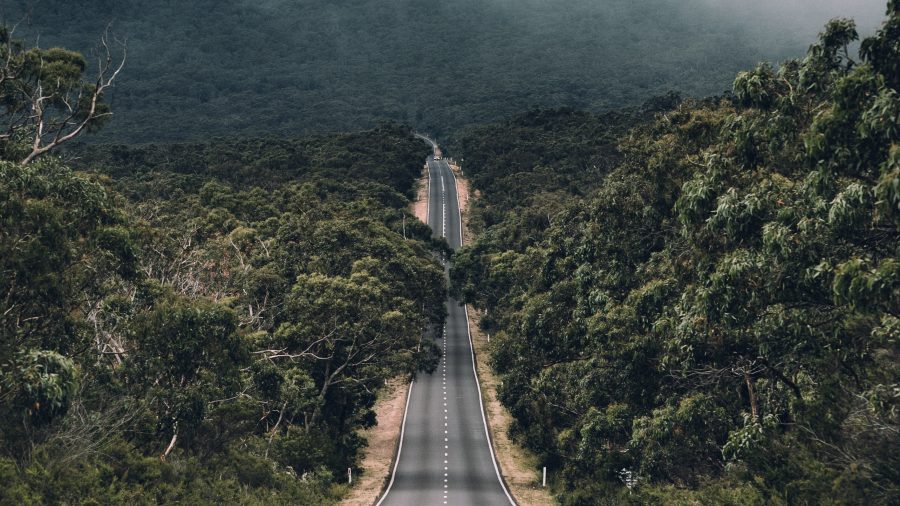The way we pay for roads hasn’t changed for a long time. Many experts have suggested it’s time to introduce road user charging. This means drivers pay for when, where and how much they use the roads. However, nobody is asking whether we actually want road user charging.
How do we pay for roads?
Before changing the way we pay for roads, it’s worth asking if people know how they are paid for now.
Here’s a breakdown of what the average vehicle owner might pay each year:
- Compulsory third party insurance $433
- Vehicle registration $381
- Fuel tax (at 43 cents/litre) $617
- Drivers licence fees $60
- Total $1,500 or more.
However, taxes for roads come from many sources:
- Registration and licence fees and stamp duty go towards State spending
- A share of Council rates goes towards fixing local roads
- Toll fees pay for privately owned roads
- GST on fuel and vehicles, luxury car tax, fuel tax, and heavy vehicle road user charges all go into federal Revenue.
Does the current system work?
Infrastructure Australia (IA) argues the current system of multiple taxes unfairly hurts vehicle owners who don’t use the roads very widely or often. It penalises rural drivers who use poorly maintained roads but still have to pay to maintain roads in the city.
Meanwhile petrol vehicle owners may be paying $928 in fuel tax compared to $260 for a hybrid owner – for the same use of roads!
Currently there are few incentives to travel out of peak hours or to change the mode of transport. Did you know Sydney drivers travel about 4,000kms out of 12,500kms per year in peak hour? Yet 35% of Sydney trips are not commuting and 6% of trips could be made at other times.
How would a user charge work?
The latest report from Federal Chamber of Automotive Industries (FCAI) describes how a road user charge could work. The charge would be based on distance, mass, location and time:
Distance – the further you drive, the more you pay
Mass – the heavier your vehicle, the more you pay
Location – suburban areas cost less than metro areas where demand is high
Time – peak hours in peak directions cost more.
The idea is that vehicle owners can consciously decide which method of transport best balances their needs. You may not normally be conscious of the real cost of travel (except when you get your registration renewal).
The road user charge could ideally replace and simplify all current taxes and fees or it could just replace, eg, fuel tax.
What would a road user charge do?
The FCAI says the road charge could do more than just pay for roads:
- Reduce congestion and improve road safety
- Ensure most vehicle owners will pay no more, some will pay less
- Reduce congestion because commuters to and from the city will pay more
- Make cities more liveable
- Simplify and automate tax
- Not unfairly penalise people who drive fuelled vehicles.
The new system would use technology inside the car and outside the car. Fully connected vehicles could gather information about your travel to set the charge. Meanwhile, tolling and Automatic Number Plate Recognition (ANPR) could be used for variable congestion charging.
The average car in Australia is 10.4 years old. Older ones may lack the technology needed to fully use the road charge. However, about 1 million new vehicles are added to the roads each year and they will increasingly have connectivity features.
It could take 20 years to transition to this new charge.
How would you pay for your greenslip?
Of course, a new road user charge could change the way CTP is paid for. There is no mention of this in the FCAI report, Road User Charging. But if registration fees are eventually abolished, there needs to be another way to pay for your green slip.
Insurers currently consider a range of factors when setting greenslip prices. Potentially, one day, they could have access to your personal in-car information when they set the price of your greenslip.
Compare all six greenslip insurers here.


your opinion matters: